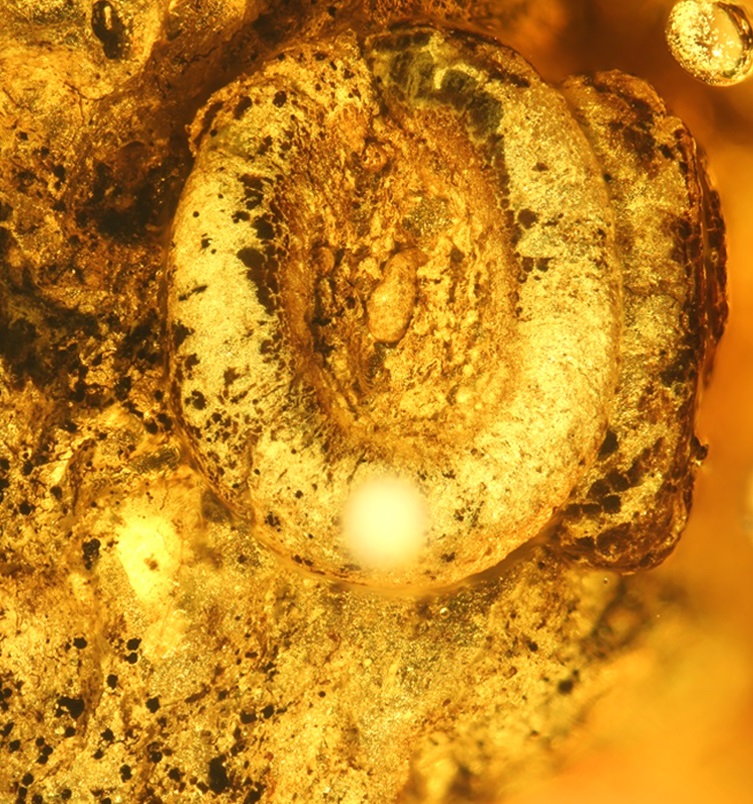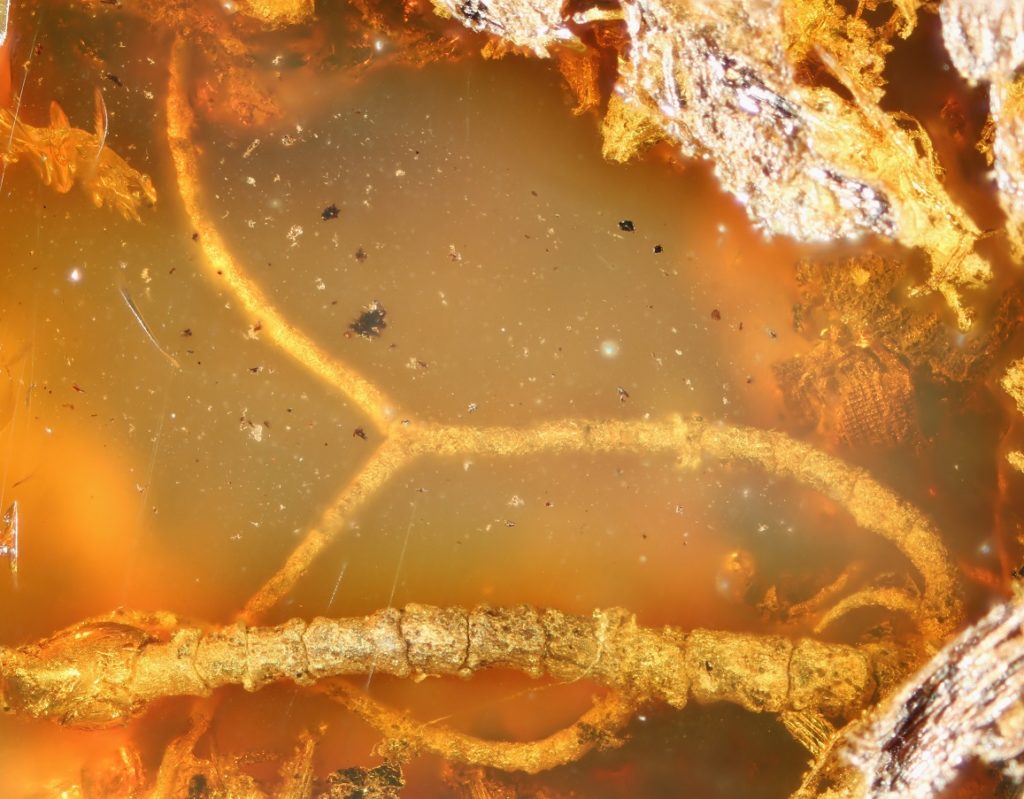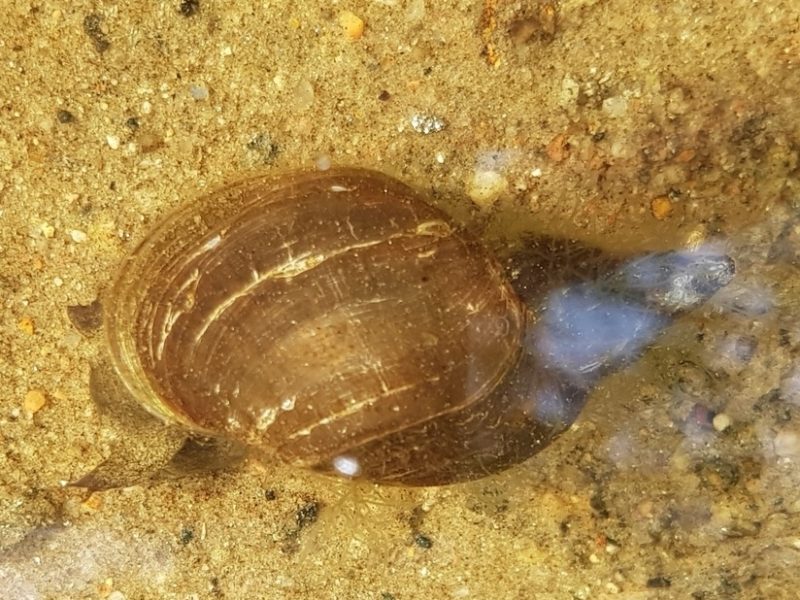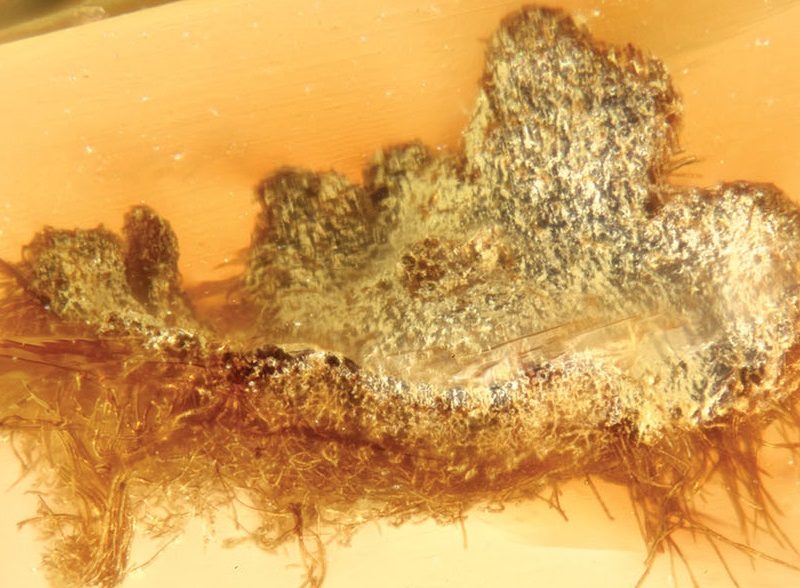Representatives of the extant lichenized fungal genera Usnea and Ochrolechia and the lichen-inhabiting (lichenicolous) fungus Lichenostigma were already present in the Paleogene amber forests of Europe. Nowadays, fruticose Usnea is among the most iconic epiphytic lichens in modern forests, and the numerous extant species flourish in a wide variety of ecosystems and climate regimes. The specific lichenicolous association between Ochrolechia and Lichenostigma is well-known today and evidently already evolved in the Paleogene. Additionally, several other pendant and crustose lichens, including one resembling some modern lichens in the order Arthoniales, are preserved in amber. So far, fossils of lichenized, lichenicolous, and calicioid fungi in Paleogene European amber provide a minimum age of 34 million years for the genera Usnea, Ochrolechia, Lichenostigma, Anzia, Calicium, Chaenotheca, and Chaenothecopsis.
Kaasalainen U, Kukwa M, Rikkinen J, Schmit AR. 2019. Crustose lichens with lichenicolous fungi from Paleogene amber. Scientific Reports 9: 10360, doi.org/10.1038/s41598-019-46692-w.
Kaasalainen U, Rikkinen J, Schmidt AR. 2020. Fossil Usnea and similar fruticose lichens from Palaeogene amber. The Lichenologist 52: 319–324, doi.org/10.1017/S0024282920000286.
Keywords: Baltic amber, Bitterfeld amber, Parmeliaceae, Ochrolechiaceae, Pertusariales, Lichenostigmatales, Arthoniomycetes, Lecanoromycetes, Ascomycota, minimum age constraint, lichen fossils



